Just a Dream
- Gratitude
- Reverence
- Consumerism
- Natural Consequences
Values

Struggles

Why Should My Child Read This Book?
This book is a haunting depiction of a bleak future resulting from two major problems of our time—“throwaway” culture and overconsumption. In this story, a boy named Walter is so preoccupied with self-gratification that he fails to notice the damage his unhealthy mindset is causing to both himself and the world around him. As he dreams about the future, contrary to his expectations of a life full of comfort and ease, Walter finds himself face-to-face with a dystopian world. He slowly realizes it stems from the consequences of heedlessness. The double page spreads and thought-provoking ironies lead the reader to question the future we are building through our actions. The book culminates with a hopeful conclusion that there is still time to right our wrongs. This book is a great teaching tool and reinforces a crucial tenet of Islam to young children—serving as stewards of this Earth and using the resources that Allah ﷻ has entrusted us with responsibly. This book can be easily scaffolded for different age groups if read aloud.

How Can I Use This Book?
- At the beginning of the story, what are Walter’s priorities in life? Discuss the difference between selfishness and selflessness. Is Walter selfish or selfless? He is just one person. Can one person’s choices affect the rest of the world? How?
- Walter goes to bed wishing he lived in the future but does he realize that his choices in the present will affect his future?
- In his dream, his neighborhood is buried in trash. Is this a possibility in the future? What can we do to prevent this?
- Should we cut down trees for toothpicks? When is it okay to cut down a tree and when is it not? What is deforestation? What can we do to combat deforestation?
- How does air pollution affect us?
- What is global warming and how does it lead to climate change?
- Can you imagine running out of fish in the ocean? What is overfishing?
- What is irony? Discuss examples from the book.
- By the end of the story is Walter selfish or selfless? Is it ever too late to change?
- Why do you think the author wrote this book? Why does the author include this quote at the beginning of the book, “We have met the enemy and he is us.”?

What’s This Book About?
Anything I need to be aware of?
VIEW FLAGS




